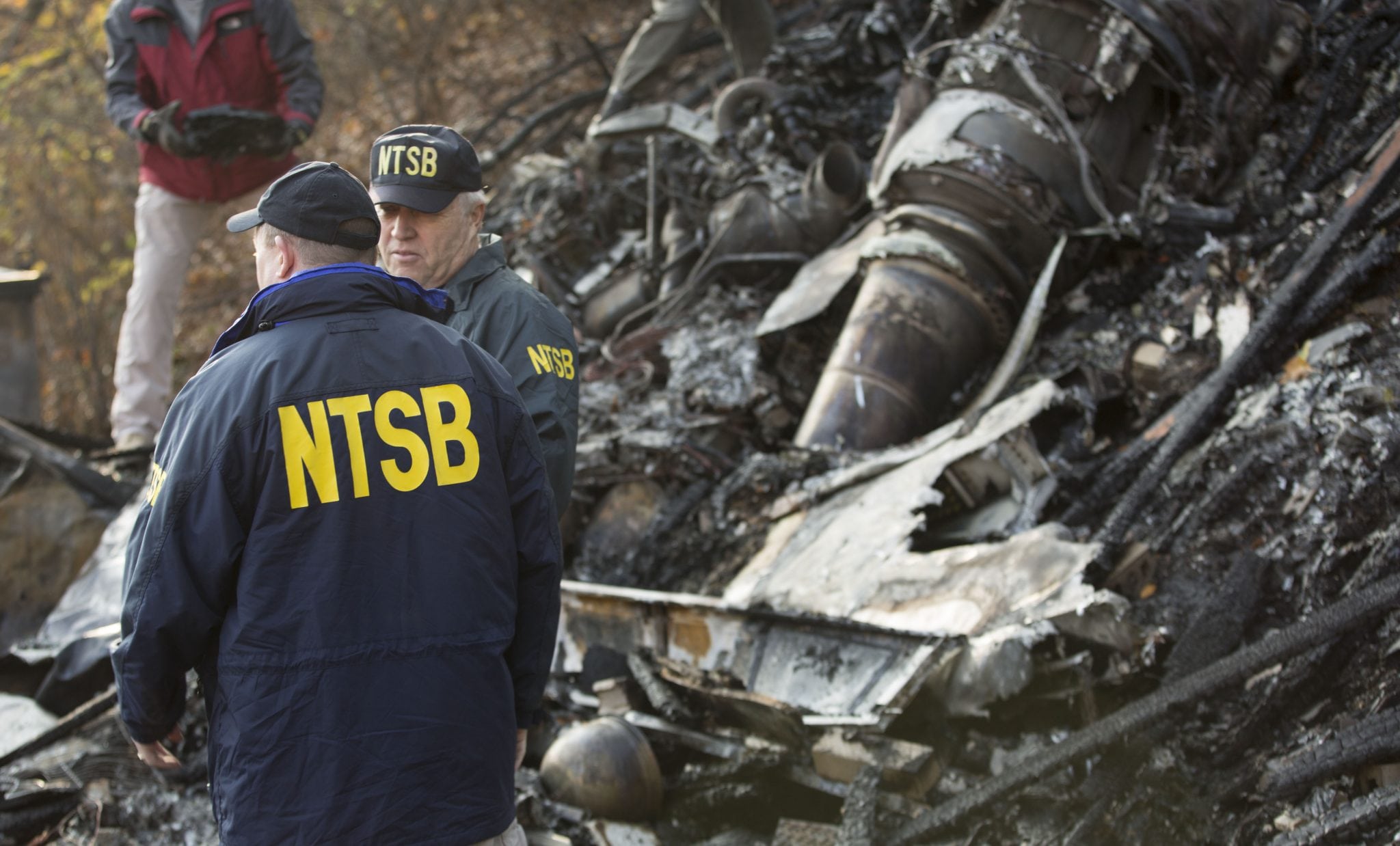The Airline Safety and FAA Extension Act of 2010 require all Part 121 air carriers to submit a fatigue risk management plan to the FAA. The picture shows the harmful consequences caused by the loss of alertness (vigilance) due to acute sleep loss. Alertness and unimpaired cognitive functions are critically important to transportation safety.
In a recent article published in the Federal Air Surgeon’s Medical Bulletin Vol. 48, No. 3, Dr. Fred Tilton, states in part “I hope you agree that fatigue is a safety risk factor and that it is very important to do all we can to mitigate the risk. I hope that you will also agree that untreated obstructive sleep apnea (OSA) is a fatigue risk, and there are probably a significant number of undiagnosed pilots who should be receiving treatment…in the coming months we will be giving OSA increased emphasis. “
In a recently published FAA brochure for pilots regarding OSA it states in part “it has been suggested that people with mild-to-moderate obstructive sleep apnea can show performance degradation equivalent to 0.06 to 0.08 blood alcohol levels, which is the measure of legal intoxication in most states. Most pilots will not fly intoxicated, but sleep deprivation may be causing the equivalent effects”.”typically a person suffering from OSA is not aware of the condition and the only way OSA can be accurately diagnosed is with a sleep study.once recognized and identified OSA is highly treatable. “
Continental Connection (Colgan Air) Buffalo, NY – February 12, 2009
- 50 fatalities; commuting, acute sleep loss
- Crew Fatigue Factors Captain: acute sleep loss (lounge, interrupted), cumulative sleep debt (6-12 hours), awake at least 15 hours, landing at normal bedtime
- First Officer: communited overnight from Seattle, 8.5 hours sleep in previous 34 hours (in-flight, crew room)

